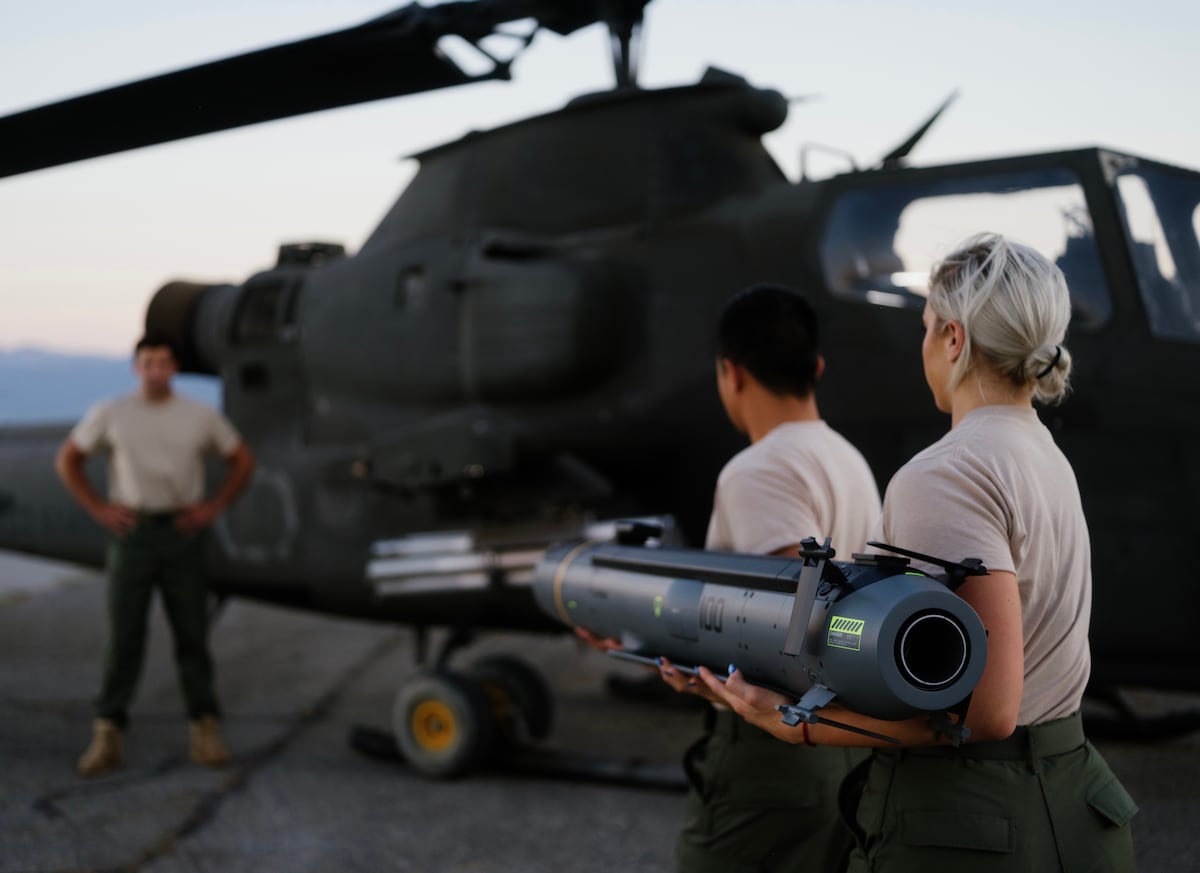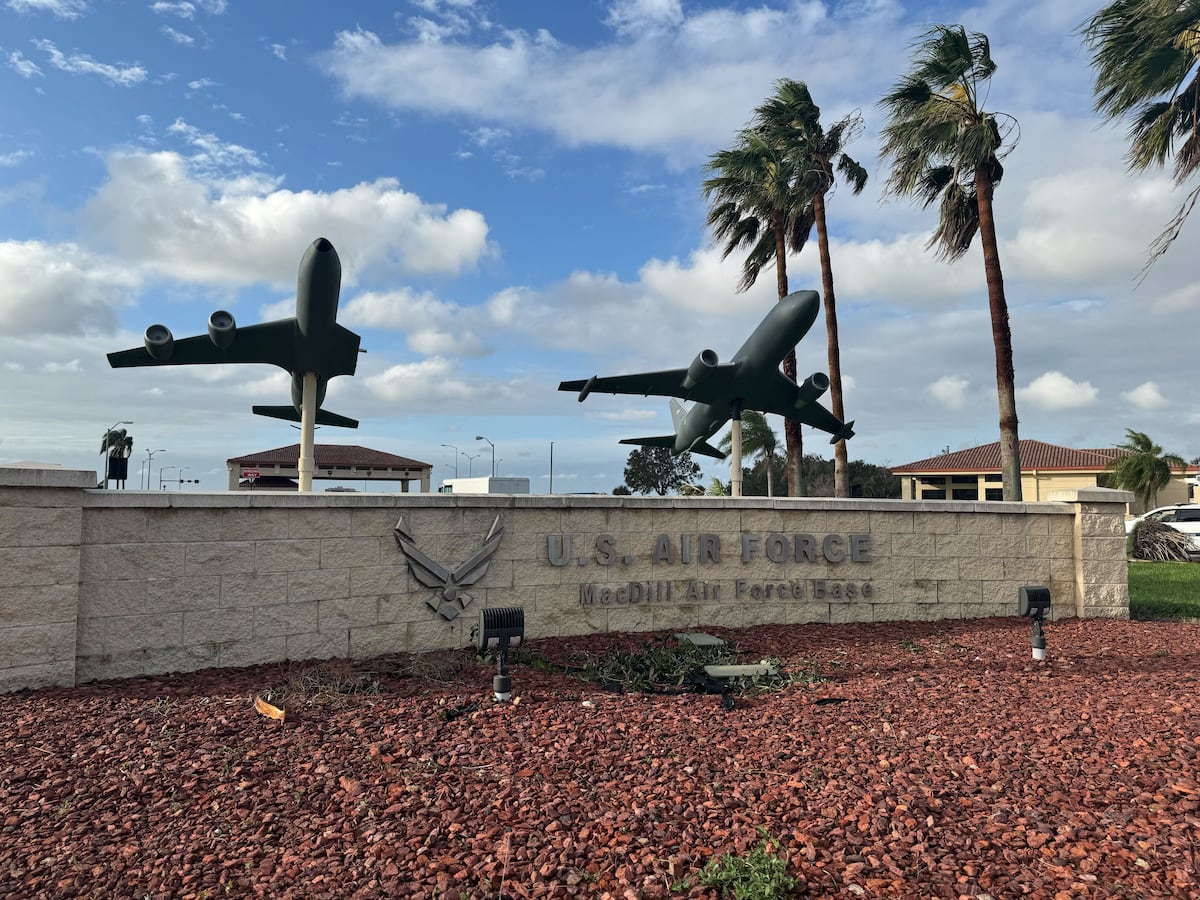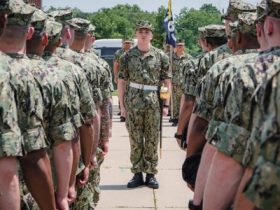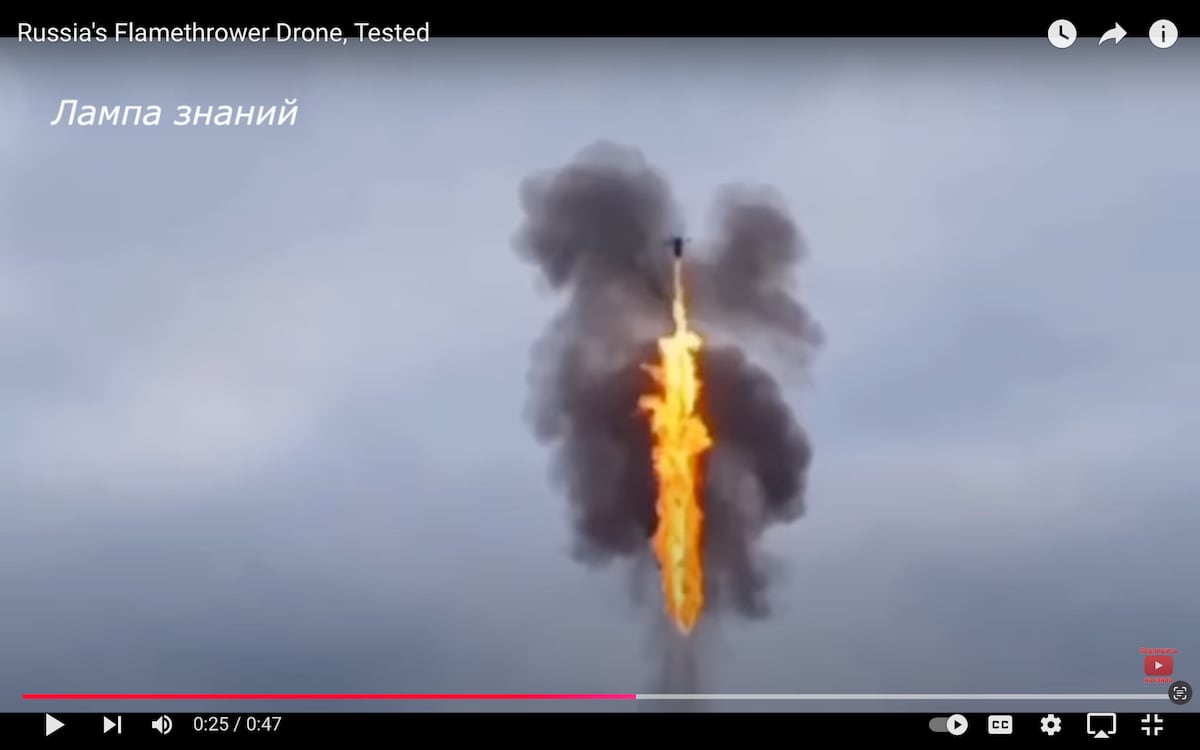Defense tech firm Anduril Industries on Thursday unveiled a new line of autonomous, air-breathing cruise missiles that the company says will be able to be easily upgraded and produced in large numbers to bolster the military’s arsenal.
The three versions of the subsonic Barracuda cruise missile — dubbed the Barracuda-100, -250 and -500 — are built using common subsystems that can be easily swapped in and out as new technologies are developed or threats emerge, Anduril said, which makes them highly adaptable. They will be able to conduct direct, stand-off or stand-in strikes, the company said.
Barracuda’s modularity will also make it attractive to international customers, said Chris Brose, Anduril’s chief strategy officer.
“You can take it apart like Lego blocks,” Brose told reporters in a Wednesday call. “It makes it a lot easier to work through and navigate defense export issues and collaboration with allies.”
Diem Salmon, vice president for air dominance and strike at Anduril, told reporters Barracuda’s open-architecture subsystem structure will allow them to cost about 30% less than other similar missiles.
“Rather than designing bespoke capabilities for each single weapon system that you’re trying to put out there, how do we actually make this simpler, and how to we actually design out the hard parts?” Salmon said.
Anduril also created a “hyperscale production” strategy for Barracuda based on a simple design with fewer parts that uses commercial components and requires no more than 10 tools to assemble, the company said. Besides bringing down costs, Salmon said, Anduril’s approach to Barracuda will allow the company to scale production up or down as needed.
All versions of the Barracuda would be able to fly at speeds of up to 500 knots, Anduril said. The smallest version, the Barracuda-100, would have a range of up to 85 miles when launched in the air and carry a payload of up to 35 pounds. It could be launched from the ground, from the tail of a C-130 mobility aircraft or from the rails of AH-64 Apache or AH-1Z Viper helicopters.
The Barracuda-250 would be able to fly about 200 nautical miles when air-launched, though its payload capacity would be the same as the 100. It could be launched from the internal weapons bay of F-35 fighters or bombers, and externally from F-15E Strike Eagles, F-16 Fighting Falcons and F-18E/F Super Hornets.
The Barracuda-500 could have a range of more than 500 nautical miles, carry more than 100 pounds of payload and loiter for more than two hours, the company said. Besides being launched externally from the F-15E, F-16, and F-18E/F, Anduril said, it could be launched as a palletized munition from the C-17 and C-130.
Anduril also said Barracuda missiles are highly maneuverable and able to withstand up to 5 G-forces.
Barracuda’s autonomous capabilities will allow it to fly alongside other Barracudas or aircraft and collaborate with them, according to Brose. That could include multiple Barracudas providing different capabilities in a single mission, with some detecting targets, others acting as decoys or providing countermeasures, and still others carrying out strikes.
“That package can go deliver the mission effect that you want, without having to bundle all of that into one air vehicle, and then radically drive up the cost per round of every single vehicle,” Brose said.
Anduril is testing Barracuda as part of the Air Force Armament Directorate and Defense Innovation Unit’s Enterprise Test Vehicle project, according to Brose, among other testing programs he declined to specify. ETV seeks to test prototypes of a modular drone to test payloads, sensors and other technology and be produced affordably at high rates.
All three versions have conducted flight tests, Salmon said. Anduril is also focusing on testing its subsystems, particularly its flight software, she said, to “mak(e) sure we’re wringing out all the kinks there.”
Stephen Losey is the air warfare reporter for Defense News. He previously covered leadership and personnel issues at Air Force Times, and the Pentagon, special operations and air warfare at Military.com. He has traveled to the Middle East to cover U.S. Air Force operations.
Read the full article here








Leave a Reply